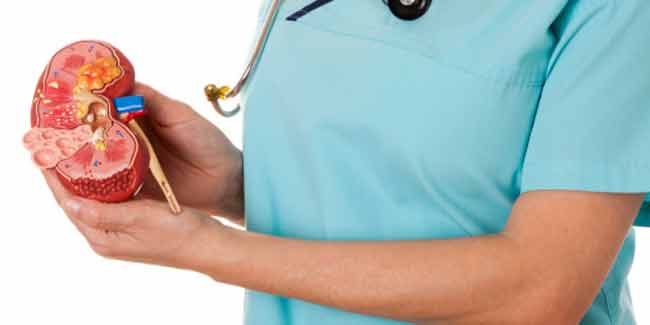
Many people who suffer from chronic kidney disease develop acquired cystic kidney disease (ACKD). It is a condition in which fluid-filled sacs called renal cysts develop in the kidney. The condition occurs in children and adults. People who are on hemodialysis or peritoneal dialysis are more likely to develop the cysts.
It is the kidney failure that causes the cysts and not the dialysis. The risk of developing the cysts increases with the number of years a person is on dialysis.
Table of Content:-

In most cases, the cysts remain harmless and need no treatment. Sometimes infection in the cyst may occur which may cause fever and back pain. When bleeding occurs in the cysts, blood appears in the urine also. Such sightings of blood with urine must be reported to a doctor.
What are the Symptoms of ACKD?
Although there are no symptoms of the condition, but if a cyst becomes infected, a person may suffer from back pain, fever or even chills. When a cysts bleeds, blood is often noticed in the urine.

Treatment for ACKD
When the condition causes no pain or discomfort, no treatment is required. Infections can be treated with a proper course of antibiotics. If large cysts occur which cause pain, they may be drained by using long needle inserted through the skin.
Image courtesy: Getty Images
Read more articles on Acquired Cystic Kidney Disease.
How we keep this article up to date:
We work with experts and keep a close eye on the latest in health and wellness. Whenever there is a new research or helpful information, we update our articles with accurate and useful advice.
Current Version
